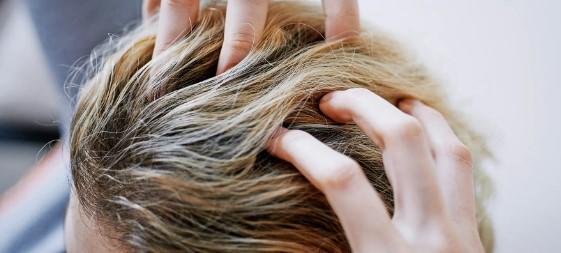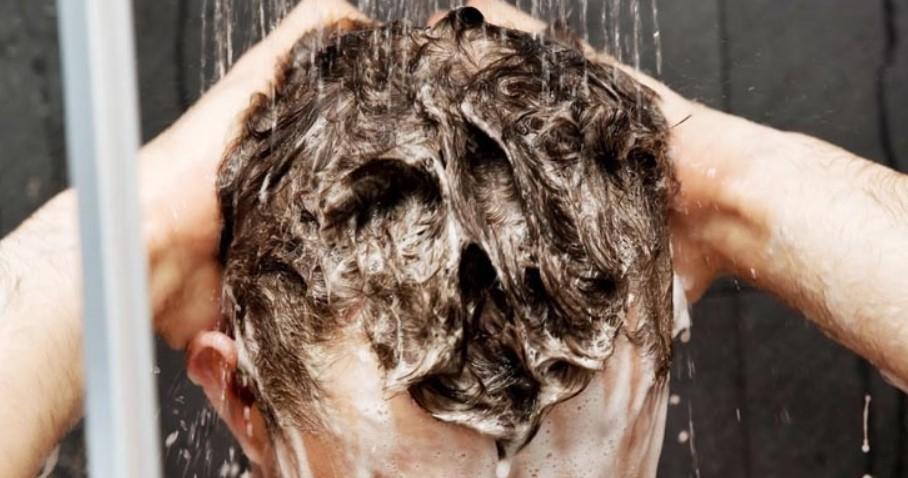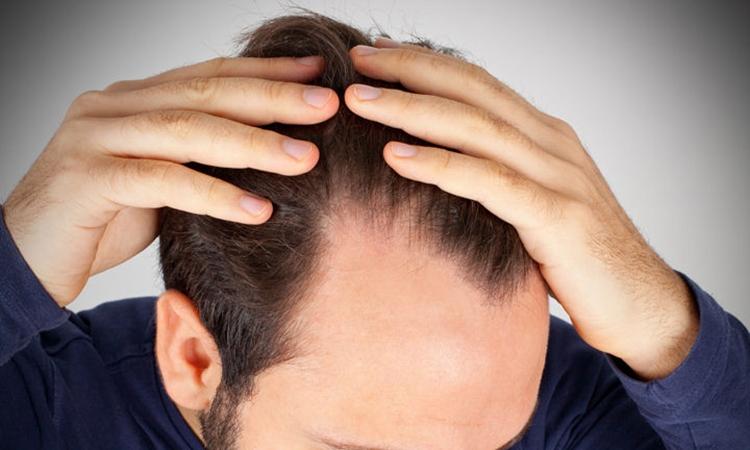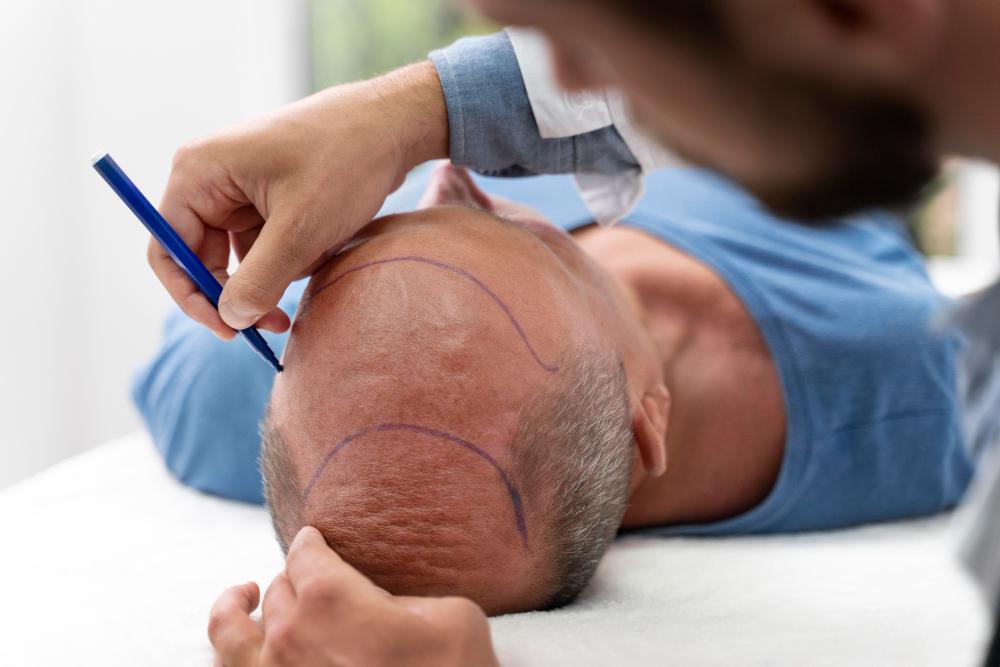Having a hair transplant is among the dreams of men and women whose hair has started to become sparse or shed. In recent years, the demand for hair transplantation has increased so much that the issue of risks associated with hair transplantation or side effects of hair transplantation has started to be investigated a lot. We will also try to give you information about this in this article.
Contents
Side Effects of Hair Transplant

Hair transplantation is a surgical operation performed in private clinics by specialist physicians and medical personnel. In many hair transplant methods, local anesthesia is performed and some bleeding occurs on the skin. Because of this, it can cause other problems related to patients, especially the risk of infection.
What are the hair transplantation side effects?
The most common side effect after hair transplant operations is scarring. Other side effects besides these include:
- Possible infections
- Growth of pus in crustal areas in the area where surgery is performed,
- Inflammation of the hair follicles pain in the hair follicles and scalp, Reddened swelling and itching,
- Bleeding and loss of sensation in the scalp
Do hair transplantation side effects cause huge illnesses like brain damage or cancer?
In light of research and experience, side effects such as exposure to serious disease, brain damage, or cancer caused by hair transplantation cannot be mentioned. Like many surgical operations, hair transplant operations that will be performed in
sterile clinical conditions carry almost zero risks.
Are there any permanent hair transplantation side effects?

Long-term side effects experienced after hair transplantation can be called permanent hairtransplantation side effects. However, all possible side effects can be solved thanks to the latest techniques and experienced doctors.
Short-term side effects
Problems such as redness of the scalp, loss of sensation, minor infection, crust formation can include short-term side effects. The dermoid cyst problem caused by opening the channels too deep and planting the hair follicles too deep is also among the other problems that can be corrected in a short time.
Long-term side effects
Environmental hair loss can occur as a result of damage to other hair follicles located in the skin areas where hair transplantation is performed or hair follicles are collected. In addition, hair that grows in the wrong direction due to faulty transplantation can also be considered as long-term side effect.
Is it possible to have an infection after hair transplantation surgery?
One of the side effects that are most likely to occur after hair transplant surgery is infections. A surgical operation that is not suitable for a person, a lack of proper care
after a hair transplant, or blows to the scalp are among the causes of infection.
After hair transplantation, hair care is performed properly; the probability of infection will decrease if the antibiotics recommended by the doctor are used carefully. In short, hair care should be done with care to minimize hair transplant risks and side effects.
What to do to end the side effects of hair transplantation?
The most basic way to end the possible side effects after hair transplantation is to choose the right doctor and a competent clinic. If these are done and the doctor’s instructions are carefully followed within a week after the hair transplant, the infection risk is greatly reduced. If you do these, hair transplant efficiency will increase.
What are the hair transplantation side effects differences between women and men?
The side effects that men and women will experience after hair transplant operations are not very different. If you want to do hair restoration and to learn every detail about side effects, you can contact our clinic immediately.
Hair transplantation side effects for women
In women, hair transplantation is usually done as a single session. During this session, the procedures will be concluded with an operation that lasts one or two hours, women are discharged without the need for hospitalization and continue their care at home. After hair transplantation, slight swelling, redness, and crusting may occur on the scalp. These symptoms are signs of healing and are normal. If there is long-term redness and swelling after a female hair transplant, it is useful to consult the relevant specialists. In general, in just a few days, these symptoms will end, and female patients will be able to continue daily life.
Hair transplantation side effects for men
For our male patients, the side effects that can be experienced after hair transplantation are not very different. In the first days, the risk of infection may occur after redness and crusting. These can be corrected with proper care after hair transplantation. However, the fact that the hair grows infrequently or does not come out at a proper angle are side effects that indicate that the hair transplant was performed incorrectly. For these, you may need new hair transplantation again.
What are the hair transplantation methods of side effects?
There are several types of hair transplantation techniques. Many different methods of operation can occur against people who want to have hair transplantation. These methods are applied according to the physical structure of the person concerned and specifically to the person.
Side effects such as weak hair growth, infected cysts, painful and slightly watery swelling around the transplanted hair follicles, a rough surface that is not pleasant to the eye due to increases in scar tissue, and an unnatural weak hair appearance can occur after hair transplants. Edema and bleeding are also very common side effects.
FUE Hair Transplantation Side Effects
Complications and side effects can occur after
follicular unit extraction (FUE) are listed below:
- Weak donor area
- Deeply implanted grafts
- Scars
- Numbness and persistent pain
- Necrosis
- Keloid
DHI Hair Transplantation Side Effects
- Below are the side effects that can be seen after direct hair implantation (DHI):
- Adverse reaction to anesthesia
- Dizziness Infection
- Unwanted appearance
- Pain
- Shock hair loss
- Increased heart rate
- Bleeding
FUT (Strip) Hair Transplantation Side Effects
- Follicular Unit Transplant (FUT) complications and side effects are listed below:
- Bleeding
- Keloid
- Infection
- Suture scar
- Donor hair loss
- Necrosis
- Numb feeling
- Post-operative and persistent pain
Non-surgical Hair Transplantation Side Effects
In the past, hair transplant surgery was the only option. But advances in science and technology have led to the emergence of non-surgical hair systems. Non-surgical treatments
are a great alternative for people who don’t feel ready for an operation. Wig use, drug use known as Minoxidil or Rogaine, laser therapy, and some other methods are among the methods of Non-surgical Hair Transplantation. For example, Minoxidil can cause increased heart rate, scalp irritation, and unwanted hair growth on the face and hands. The wig, on the other hand, can lead to a departure from the natural appearance, as well as more intensive care and time loss, as in the laser process.
Robotic Hair Transplantation Side Effects
Robotic Hair Transplantation leads to more consistent results as it eliminates the need for stitches, which can lead to more complications during recovery. Despite this, nerve damage and loss of sensation may occur in the donor area. Some patients may experience crusting on the scalp or pain problems in the area of hair transplantation.
Side Effects of Hair Types
Now we will try to give you information about the side effects of hair types after hair transplantation.
Artificial Hair
Artificial Hair can lead to immune problems, allergic problems, and the need for regular and constant care, migraines, and headaches. In addition, after artificial hair transplantation, natural hair loss can be observed in the relevant area.
Biofibre Hair
After Biofibre Hair transplantation, side effects such as regional hair loss, infection risks, bleeding, acne, itching, and scarring may occur.
Follicular Hair
Side effects such as redness, swelling, infection, crusting, itching that can be seen in many hair transplants can also be seen after FUE hair restoration.
Synthetic Hair
Synthetic hair risks are similar to side effects observed after Artificial Hair transplantation. Especially as a result of the immune system rejecting synthetic hair, the body
may have difficulty accepting this hair transplantation.
Beard Hair
After Beard Hair transplantation, cyst formation, folliculitis, short-term numbness, pain, and local swelling may occur in the skin area.
Facial Hair
Facial hair transplantation places pain, bruising and bloating, itching, permanent scars due to the wrong application of the doctor, acne problems, such as side effects can be encountered.
Laser Hair
Laser Hair transplantation is an expensive and time-consuming method. Clear data on the side effects of this method has not yet matured. However, especially laser irritation is one of the side effects. In addition, some drugs that can interact with the laser can also increase the risk of laser hair transplantation.
How to know hair transplantation side effects reviews?
The risks associated with hair transplantation are minimal, despite today’s developing technology.
You should talk to your doctor to know and examine these risks. To determine the most appropriate hair transplant for you, your necessary examinations should be performed completely before the operation. In this way, the side effects of hair transplantation are minimized.
Why Choose Rehair Istanbul for hair transplant surgery?
Hair transplant operations are a procedure that has an important life for every person who has lost their hair. It is very important that the best clinical, sterile, and professional doctors are preferred.
Rehair Istanbul meets all the standards you are looking for for a hair transplant and offers the best service for you. Thus, hair transplant risks and side effects will be greatly reduced. You can check our social media accounts for more information about Rehair Istanbul or Rehairistanbul.com website. You can see before and after photos on our website and easily decide where to choose.














